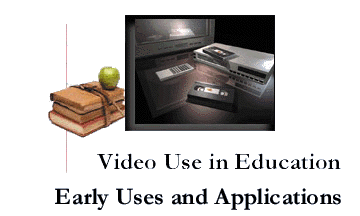
Nelson and others (including the writers of this article) have used the videos and accompanying workbook in advanced classes, such as case studies, campaigns or crisis management courses. Other educators have reported using them as final examinations, showing the problem posed during the first part of the video and requiring students to write a paper on how they'd handle the situation using public relations methods discussed earlier in the course. Still others report using the videos as take-home exams or final papers.
Both videos place students in a real-world public relations situation, guiding them through professional decision-making processes. Through the videos, students can learn about information-processing, campaign analysis and strategic planning, tactical implementation and pre- and post-research.
"Outside of an internship, the videos are the closest thing most students willexperience to real-world decision-making and problem-solving until they get their first job," Nelson says. "It's too bad the Phillips program couldn't continue, and it's even more unfortunate other companies haven't stepped in to fill the void," he adds. "It was a great bridge-builder between practitioners and academics."

